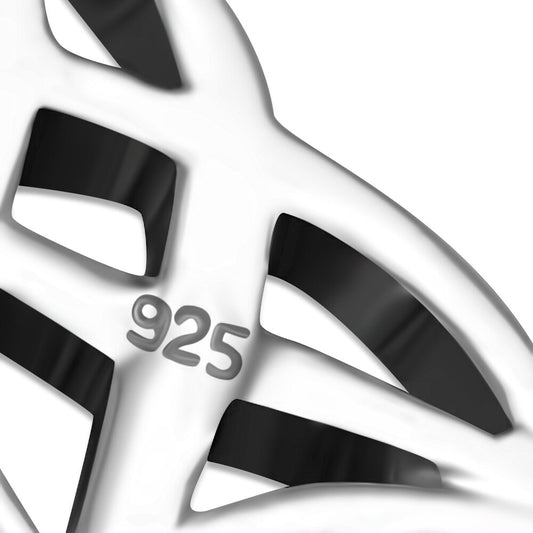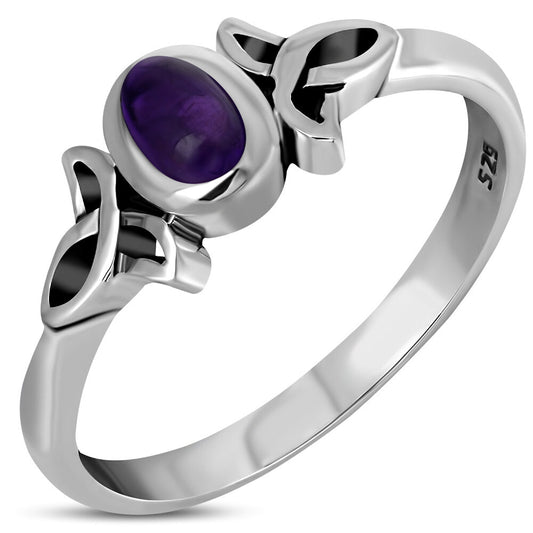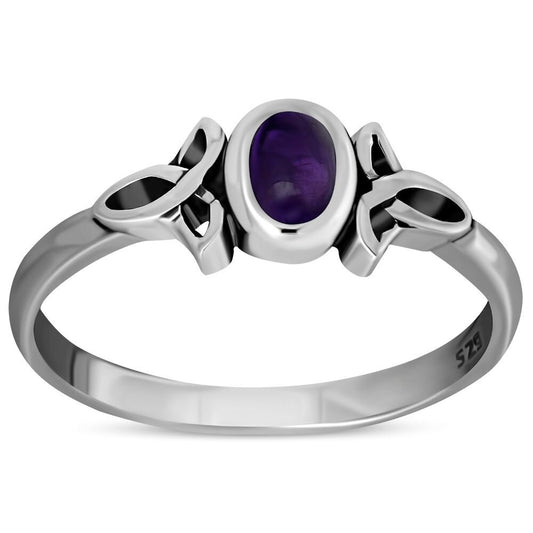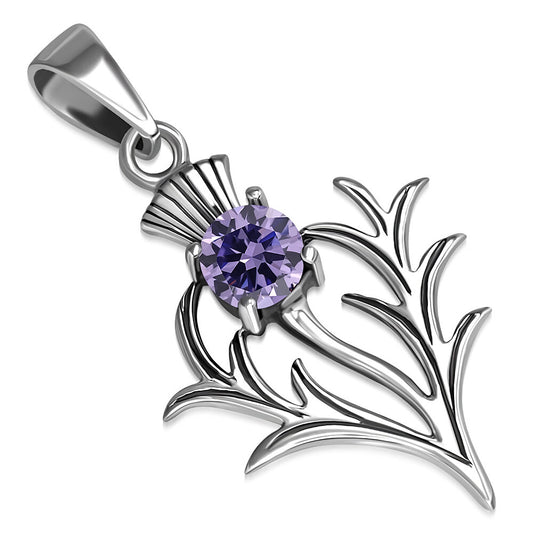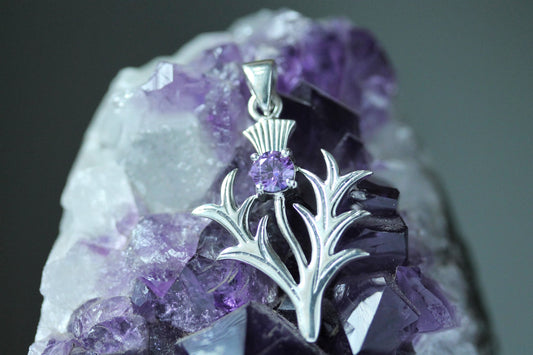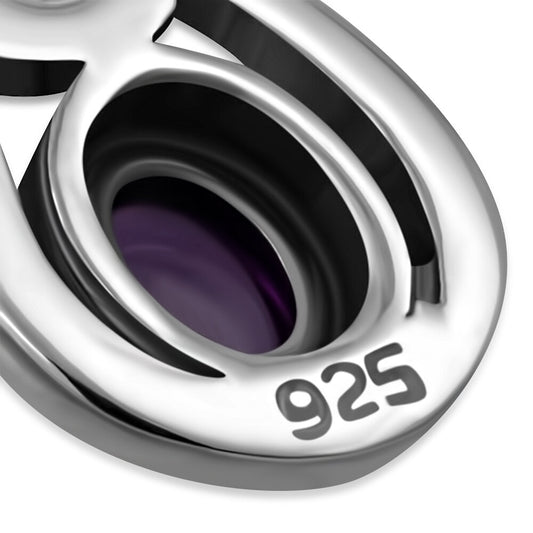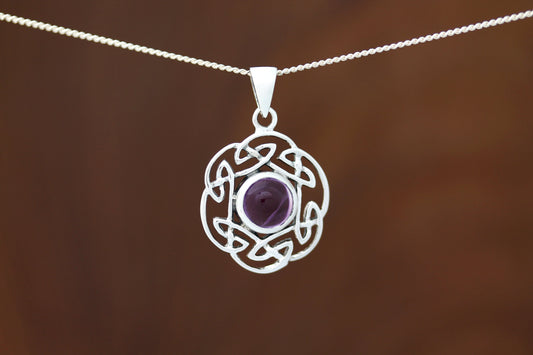Rooted in Irish tradition and culture, the Claddagh stands as a symbol steeped in history and meaning. This iconic design, featuring two hands cradling a heart topped with a crown, encapsulates the essence of love, friendship, and loyalty. As we delve into the symbolism of the Claddagh, let us trace its origins and explore the profound meanings associated with this cherished emblem, backed by historical references.
The Origin of the Claddagh
Symbolic Elements

The Claddagh comprises three essential elements - the heart, the hands, and the crown - each with profound symbolic significance deeply ingrained in Irish culture.
1. **Heart: Love**
The heart at the center of the Claddagh symbolizes love in its purest form. It represents not only romantic love but a deep and passionate connection that transcends boundaries. This heart serves as a poignant reminder of the emotional depth that characterizes genuine relationships (O'Brien, 2017).
2. **Hands: Friendship**
The two hands cradling the heart are symbolic of friendship. They signify the importance of trust and camaraderie in fostering lasting connections. The open and embracing hands celebrate the bond of friendship that underpins meaningful relationships (Kars, 2020).
3. **Crown: Loyalty**
Positioned above the heart, the crown represents loyalty. It stands as a symbol of commitment and faithfulness, emphasizing the enduring nature of the bonds that the Claddagh represents (Dunne, 2018).
Wearing the Claddagh
Beyond its symbolic design, the way in which a Claddagh ring is worn on the hand adds a layer of nuanced symbolism. Tradition dictates that wearers can convey their romantic status through the placement of the ring on their left hand.
- Wearing the Claddagh with the heart's tip pointing towards the wrist signifies a commitment to a romantic relationship. This gesture symbolizes that the wearer's heart is already taken.
- Conversely, wearing the Claddagh with the heart's tip pointing away from the wrist indicates openness to love and suggests that the wearer has yet to find their significant other (Kars, 2020).

In the intricate design of the Claddagh, we find a treasure trove of symbolism that captures the essence of love, friendship, and loyalty. Beyond its aesthetic appeal, the Claddagh serves as a powerful emblem, weaving together the threads of Irish history and tradition. As wearers proudly adorn themselves with this timeless symbol, they carry with them the legacy of a culture that cherishes the profound connections that enrich our lives. The Claddagh stands as a testament to the enduring spirit of the Irish people and a universal celebration of the bonds that make us human (O'Brien, 2017).




